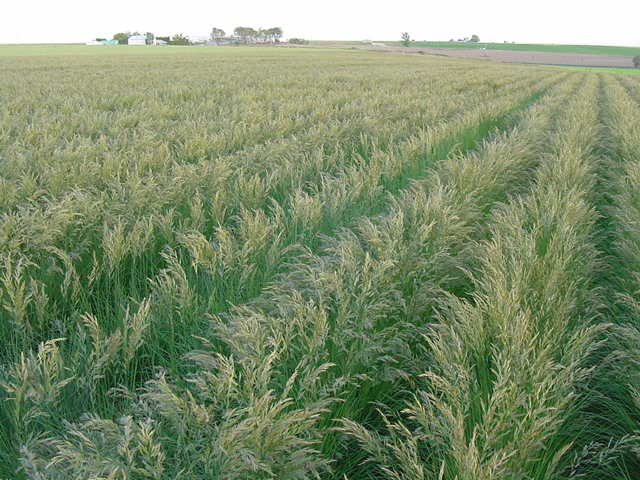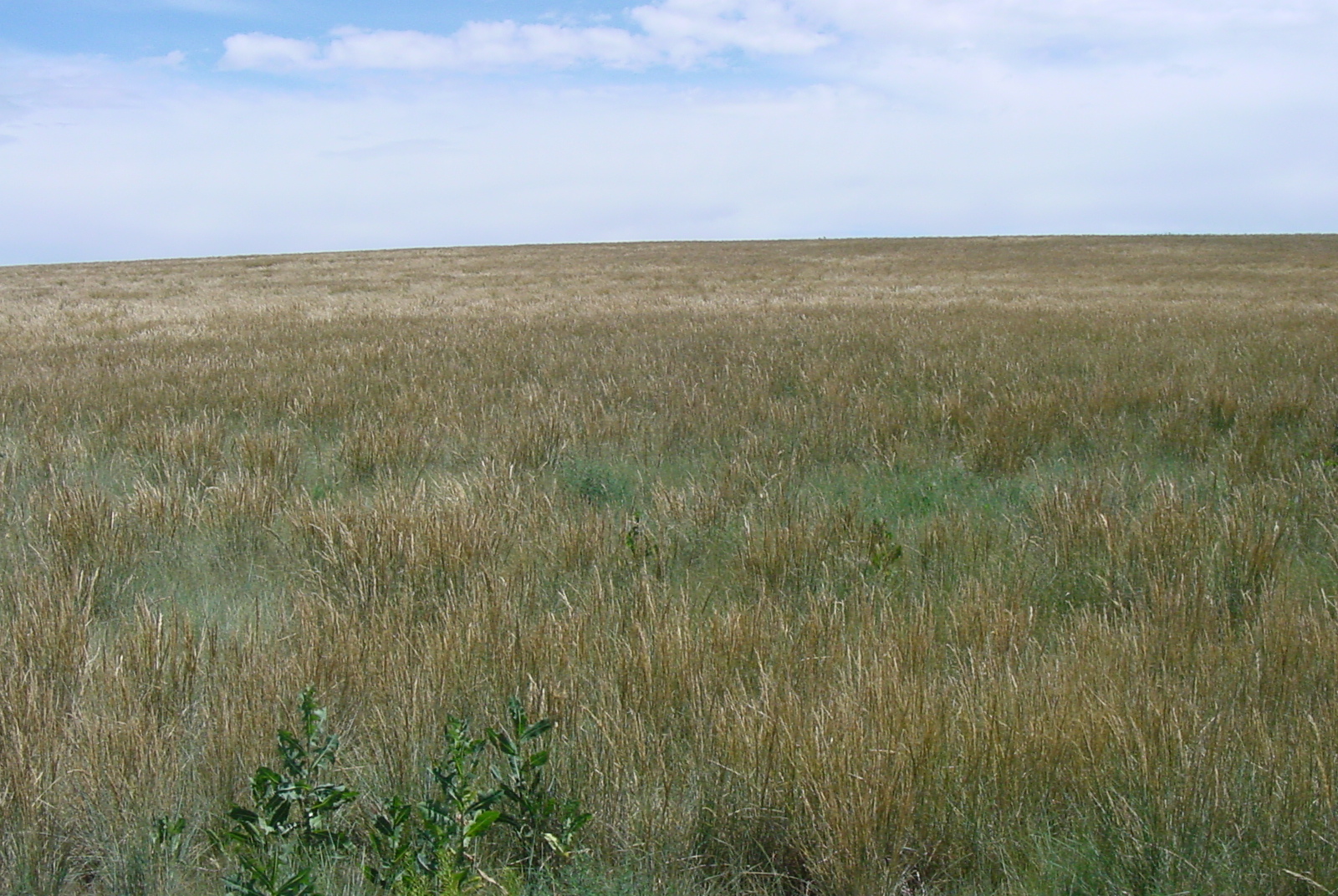Poa secunda ssp. ampla (Big bluegrass)
Formerly P. ampla. Robust, cool season, perennial bunchgrass with a shallow fibrous root system, sometimes spreading by short rhizomes. Occurs on a variety of sites but is intolerant of poorly drained soils or high water tables; drought tolerant. The most robust of the native bluegrasses. Early spring green-up and excellent forage production. Found in sagebrush communities, meadows and openings in aspen stands. Excellent palatability to livestock and wildlife year-round. Seeds valued by birds and small mammals. Varieties listed below.
DISTRIBUTION / ADAPTATION
INFORMATION & ATTRIBUTES
Family: Poaceae
Duration: Perennial
Growth Habit: Graminoid
Native Status: Native
Season: Cool
Growth Form: Bunchgrass
Mature Height: 16 in.
Annual Precipitation: 8-16 in.
Drought Tolerance: High
Shade Tolerance: Intolerant
Elevation:
Wetland Indicator Status: FACU
Fire Resistance: No
Fire Tolerance: Medium
SOIL ADAPTATION
Coarse Texture: Yes
Medium Texture: Yes
Fine Texture: No
Salinity Tolerance: Low
CaCO3 Tolerance: Medium
pH Range: 6.0-8.0
SEEDING NOTES
Seeds per Pound: 1,046,900
Seeding Rate: 2-4 PLS lbs/acre
Season: Spring/Fall
Days to Germination:
VARIETIES & LOCAL ACCESSIONS
Sherman - Large statured, at times growing over 3 ft. tall. Useful for revegetation of low to mid-elevation grass, shrub and forest communities. Extremely drought tolerant. (Released 1945)




